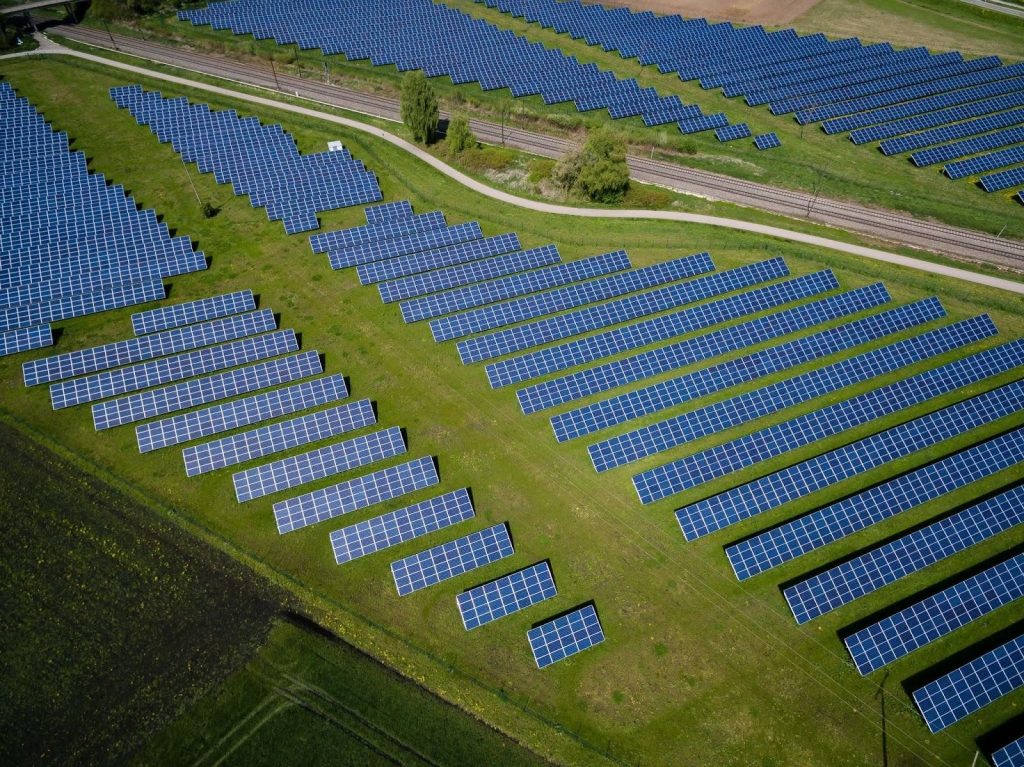Impact on Energy Consumption in Cities with Solar Lighting

Did you know that despite covering only 3% of the earth’s surface, cities consume up to 80% of the world’s energy? Considering this demand can only increase as cities grow, there is a great need to reduce our dependence on fossil fuels and other non-renewable energy sources that are not only finite but also wreaking havoc on the environment.
Enter solar power: A more affordable, accessible, and increasingly prevalent energy source.
As cities turn to technology and innovation to make more efficient use of energy, solar power has become the leading renewable energy source. Many governments have recognized its benefits and are pursuing more ways to adopt and invest in it.
Consider the far-reaching effects:
Solar Reduces Dependence On Electricity
Solar power uses the sun’s rays to produce energy and convert it into electricity, while much of “traditional” electricity production uses coal and natural gasses.
For years, local governments, companies, and people have relied on traditional energy sources to power their streets, manufacturing, cars, and more. But while it has its advantages, carbon emissions released in the production of traditional electricity significantly contribute to global warming. Polluted air also carries a significant health risk to people in urban areas.
Solar energy plays a big role as environmental crises prompt cities to embrace renewable, clean energy. In the U.S., there are more than 130.9 gigawatts (GW) of solar capacity installations nationwide. To put that into context, that’s enough to power 23 million homes.
Many cities are working towards being powered entirely by renewable energy in the near future. One study even estimated that with the right interventions and advances, solar power could provide as much as 40% of the nation’s electricity supply by 2035.
Solar Strengthens City Grids
As electricity usage reduces due to the uptake of solar power, so does the amount that needs to be transported across power transmission and distribution lines. A city’s grid is a sophisticated network of transformers, power cables, and substations that connects electricity providers to customers.
Heavy electricity demand can overload the local power grid and cause a blackout or brownout. For example, summer blackouts are more common due to too many air conditioning units running at full power. To solve an overload problem, cities must build additional infrastructure to meet the new demand—a heavy cost investment.
However, the increase in solar power adoption has provided a much simpler solution. Demand for clean electricity across the private and public sectors has reduced dependence on the national and local electricity grids, which has helped to maintain grid reliability and resilience.
Additionally, solar energy has provided people with alternative power sources in case of downed power lines during disasters like earthquakes and hurricanes.

Increased Energy Supply Reduces Costs
The number on your electricity bill is a combination of two charges: production or procurement costs, and the transmission and distribution costs of the electricity you consume.
In the home, installing solar panels can reduce or rid you of monthly electrical bills, but there is more of an impact on a larger scale. As mentioned above, the widespread adoption of solar reduces the need for infrastructure upgrades on the existing grid. This adds up to significant savings for both local governments and consumers.
Additionally, technological advances have made solar energy more accessible and affordable than ever before. The average cost of installing solar has dropped by more than 60% over the last decade, leading to the expansion and maturity of the industry. This increased supply is forecasted to lead to more competitive energy costs.
Solar Generates Energy Independence
Global energy markets are notorious for their instability, thus depending on foreign fuel sources can threaten any economy, even the United States.
For instance, Russia is the largest producer and exporter of natural gas and the third-largest producer and second-largest oil exporter in the world. The Russia-Ukraine war has had a huge impact on fuel prices, which were already high due to the COVID-19 pandemic. In the U.S., gas prices reached an all-time high of $4 per gallon in May 2022.
Interventions like solar energy are critical in the future if economies are to survive situations like these, which are often unpredictable and disastrous. Within countries, local governments should also boost their energy autonomy by planning for robust solar-powered systems.
Better Lighting in Community Areas

Many people in cities are fortunate to have electricity in their homes, but the same might not be true outside on walkways and in park areas.
This is because municipalities grapple with the costs of installation and maintenance of lighting in these community areas. It is also time and labor-intensive to set up the necessary physical infrastructure.
Fortunately, the significant drop in costs of solar energy systems has enabled cities to take advantage of clean energy for their lighting solutions.
Solar energy lighting is fast and easy to set up because the systems are self-contained. Fixtures such as solar park lights can also be easily retrofitted on pre-existing poles. With solar technology, more areas remain safe and usable even during evening and nighttime hours.
Solar is the Future
Solar energy has yet to reach its full potential as a clean energy source, but these impact indicators strongly indicate its advantages and versatility for both large and small-scale use. It is one of the best solutions that cities can adopt for energy sustainability.




